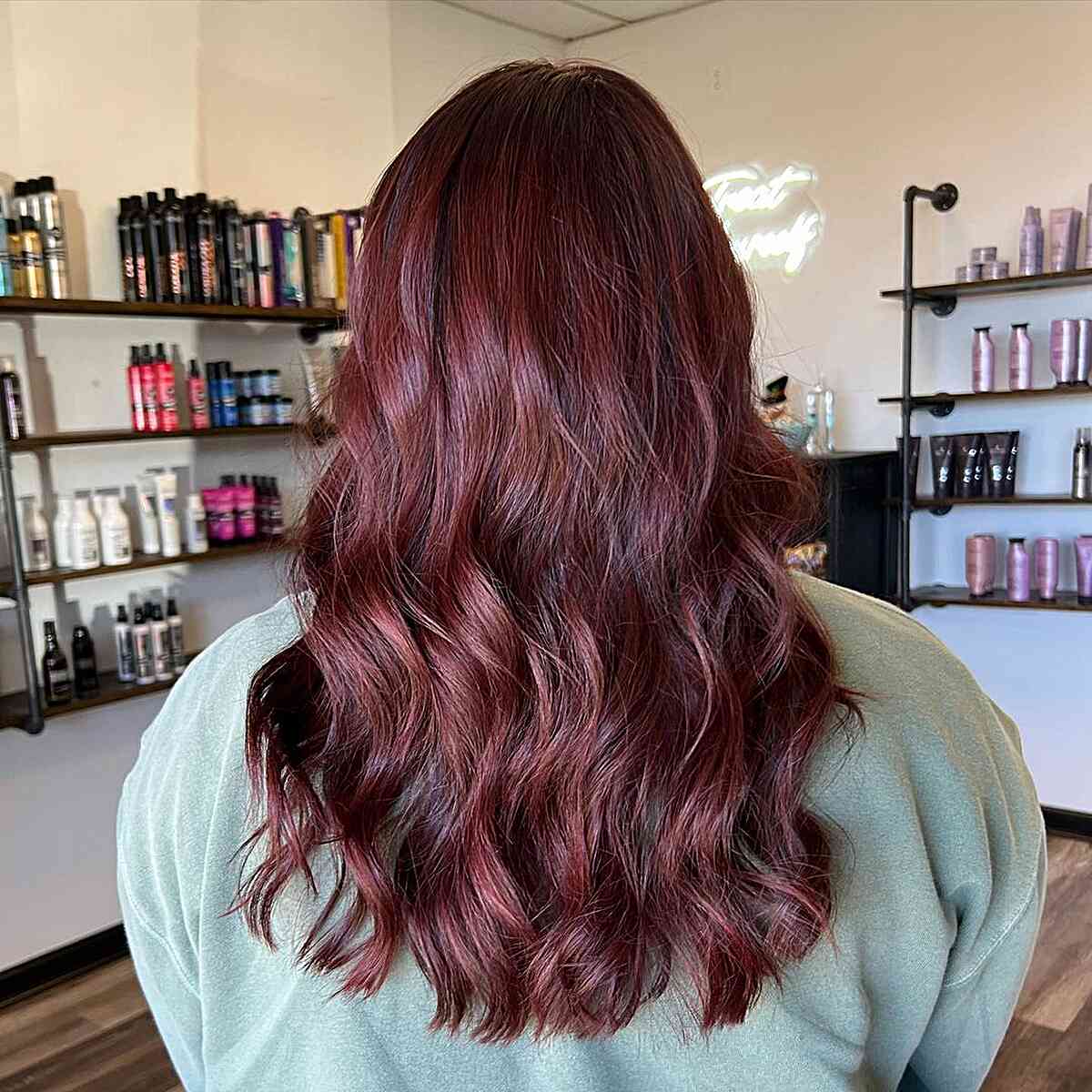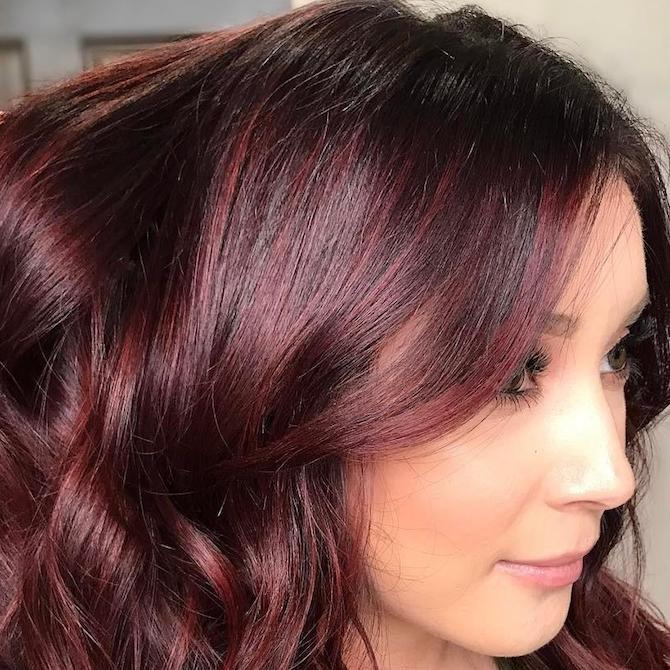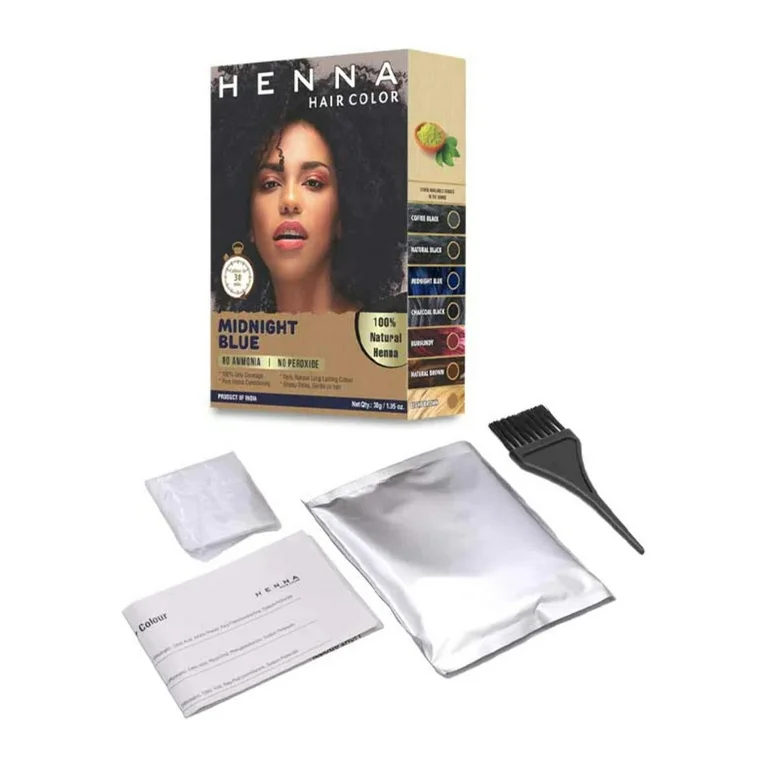
Henna Application Guide: Step-by-Step Tutorial
Essential Henna Supplies
How to apply henna?To begin applying henna effectively, you will need specific materials:
- Henna Powder or Pre-made Henna Cone: Choose high-quality henna to ensure a good color payoff and skin safety.
- Applicator Tools: You can use either traditional cones, plastic applicator bottles with fine tips, or syringe-type applicators depending on your comfort and design requirements.
- Design Patterns: Either pre-designed stencils or patterns printed on paper to guide your artwork.
- Lemon Juice and Sugar Mixture: This mixture is often used to moisten the henna paste for a richer color.
- Gloves and Old Clothes: Protect your hands and clothing as henna stains are permanent.
- Tissues or Cotton Balls: For wiping away mistakes and cleaning the tip of your applicator.
- Essential Oils (optional): Adding oils like eucalyptus or tea tree can enhance the henna’s color and longevity.
Properly assembling these materials ensures a smoother henna application process and better results.
Understanding the Importance of Fresh Henna
Fresh henna is crucial for vibrant and long-lasting designs. Here’s why:
- Color Intensity: Fresh henna has a higher lawsone content, which is responsible for the dyeing property. This means more intense and darker stains.
- Smooth Application: Fresh henna paste is smoother, making it easier to apply intricate designs without clogging the applicator tip.
- Skin Safety: Older henna may have a higher chance of causing skin irritations or allergic reactions if it has degraded or bacteria have developed during storage.
Always check the production and expiration date when purchasing pre-made henna cones. If you’re mixing your own henna paste, buy fresh henna powder from a reputable supplier and make small batches to ensure it doesn’t go beyond its peak potency. This attention to freshness is essential for achieving optimal results and protecting your skin.

Preparing Your Skin for Henna
Before you start applying henna, it’s crucial to prepare your skin properly. How to apply henna?This not only helps in achieving a better stain but also ensures your skin’s safety.
Skin Sensitivity and Allergy Testing
First, conduct a sensitivity test to make sure you don’t have an allergic reaction to henna. To do this, apply a small amount of henna on your inner arm and wait for a few hours. Check for signs of irritation or discomfort. If you observe any negative reactions, do not use the henna on your skin.
Timing Your Henna Application with Skin Treatments
It’s important to plan your henna application around any skin treatments. Avoid applying henna right after treatments like waxing or exfoliating. These treatments can open your pores and may increase the risk of irritation. Wait at least a day or two before applying henna to give your skin time to settle. This precaution helps in achieving a cleaner and safer henna application.
Mastering Henna Cone Handling
To apply henna well, getting the hang of the cone is key. This guide outlines essential techniques for confidently using a henna cone, which is fundamental to creating precise and beautiful designs. These skills are foundational for your journey into henna artistry.
Holding and Squeezing Techniques
How you hold and squeeze a henna cone determines the outcome of your design. Follow these steps for optimal control:
- Grip Firmly: Hold the cone like a pencil, near the tip for precise movements.
- Squeeze Gently: Apply consistent pressure to release the henna. Start with little force and adjust as needed.
- Steady Hand: Keep your hand steady as you guide the cone.
- Practice: Perfect your grip and pressure control with practice on paper or a glass sheet before moving on to skin.
Right-handed people should use their right hand, and left-handed people their left. The key is comfort and control.
Cleaning the Cone Tip for Neat Designs
A clean cone tip is vital for detailed work. Follow these tips:
- Wipe Frequently: Use tissue paper to clean the tip, maintaining the henna flow.
- Avoid Clogs: To prevent blockages, remove any dried henna from the tip.
- Pin Use: Insert a pin into the tip when not in use to keep it open.
Remember, practice leads to improvement. Keep refining your handling and squeezing techniques for the best results.

Basic Henna Designs Practice
Practicing basic henna designs is essential for beginners to develop steadiness and precision. Here are some simple elements to start with.
Making Straight Lines and Dots
Begin with the basics: straight lines and dots. These are the building blocks for more complex patterns.
- Straight Lines: Hold your henna cone steady and apply gentle pressure to draw parallel lines. Practice this repeatedly to gain control over line thickness and spacing.
- Dots: Squeeze the cone lightly to create a small dot on your practice surface. Aim for uniformity in size and shape to create consistent patterns.
Mastering straight lines and dots will sharpen your skills for intricate designs.
Creating Basic Floral Elements
Once you’re comfortable with lines and dots, try crafting simple floral elements, which are popular in henna designs.
- Petals: Start with a small dot, then draw a line outward, curving it back toward the starting point to form a basic petal shape. Practice making petals of various sizes.
- Leaves: Similar to petals, but with a more pointed end, leaves add natural beauty to your designs. Experiment with different leaf shapes and placements.
- Flower Centers: Begin with a central dot and surround it with smaller dots or petal strokes to simulate the heart of a flower.
These floral components can be mixed and matched to create diverse and appealing henna designs. With continued practice, you’ll soon be ready to tackle more advanced patterns and freehand designs.
Advanced Design Techniques
After mastering basic elements, you’re ready to tackle larger and more complex patterns in henna design. This advanced section will guide you in creating intricate designs that can be statement pieces.
Constructing Larger and Complex Patterns
Creating large and complex henna patterns requires patience and practice. Here’s how you can start:
- Layering Elements: Begin with the base of simple patterns and gradually layer more details such as vines, swirls, and paisleys.
- Symmetry and Sides: Focus on symmetry to make designs aesthetically pleasing. Start from the middle of the design and work your way outwards.
- Fill Techniques: Use various fill techniques like netting, scales, and cross-hatching to add depth and texture.
- Bold Outlines: Make outlines bold to define areas, making the pattern pop.
- Continuous Flow: Ensure the design flows smoothly across the hand or body part to maintain continuity.
Practicing these larger patterns on paper or glass before applying them to skin can reduce mistakes and improve confidence.
Transitioning from Tracing to Freehand Designing
Moving from tracing patterns to freehand designing marks your evolution in the henna art field. Develop this skill with the following steps:
- Visual Memory: Try to memorize small designs and recreate them without a guide. This boosts your ability to design without references.
- Incremental Complexity: Start with simple freehand flowers or vines, and slowly incorporate them into more complex arrangements.
- Control and Confidence: Focus on controlling the cone and your hand’s movement to increase precision in freehand work.
- Use of Space: Understand how to utilize space effectively on different parts of the body. This helps in planning and executing full-hand or body designs.
- Regular Practice: Regular practice on different surfaces and scales is crucial. It familiarizes you with various curves and lines typical in henna designs.
Transitioning to freehand designing can be challenging but rewarding, giving you creative freedom and uniqueness in every piece you create.

Real-Hand Application Process
Now that you have practiced with glass sheets and paper, it’s time to progress to applying henna on an actual hand. This step marks a significant leap in your henna journey, taking your skills from practice to performance.
Positioning the Hand and Starting the Design
Begin by positioning your friend’s hand comfortably on a cushion or firm surface. Make sure their hand is relaxed. Starting with the wrist, move towards the fingers, creating the design as you go. Start from the areas that are farthest from you such as the wrist, and work towards the thumb and fingers. Use your practiced designs as a reference, or start with simple elements and build up.
Remember to:
- Position the hand so it’s stable and supported.
- Start the design from the wrist for easier access.
- Keep a steady hand and apply henna smoothly.
Completing the Design and Drying the Henna
Continue applying the henna, filling in the design details with precision. Once the design is complete, allow the henna to dry. Henna dries quickly but requires several hours to properly stain the skin. The longer the paste stays on, the darker the tattoo will become, so advise your friend to keep the henna on for at least a few hours.
To ensure proper drying:
- Avoid moving the hand too much once the henna is applied.
- Do not touch the design until it’s fully dried.
- Allow the henna to dry naturally over time for the best stain.
Have patience, and watch your art come to life as the henna works its magic and stains the skin beautifully.
Post-Application Care and Maintenance
After applying henna, proper care is essential for a lasting design. This section covers the steps to maintain a henna tattoo.
Safely Removing the Henna Paste
Once the henna dries, it will appear crusty and flake off. To remove the paste:
- Do Not Rub: Rubbing can spread the henna and affect the design.
- Gentle Removal: Pick off the dry paste carefully or rinse with water.
- Pat Dry: After removal, gently pat the area with a towel to dry.
It is important not to wash the area with soap right away, as this can lighten the stain.
Prolonging the Life of Your Henna Tattoo
A henna tattoo can last from a few days to two weeks. Here’s how to make it last:
- Moisturize: Apply lotion or oil daily to keep the skin hydrated.
- Avoid Chlorine: Use barrier products like Vaseline when swimming to protect the design.
- Touch-ups: Reapply henna to fading areas to revive the tattoo.
Following these steps will help to keep the henna stain rich and your design clear.

Additional Tips and Tricks
For the perfect henna experience, some extra tips and tricks can make all the difference.
Mixing the Perfect Henna Paste Consistency
Getting the right paste consistency is key for easy application and beautiful designs.
- Start with Fresh Ingredients: Use fresh henna powder and add ingredients like lemon juice gradually.
- Achieve Smooth Texture: Aim for a smooth, not too runny or thick paste. It should stick to the skin but flow easily.
- Test the Flow: Put a small amount of paste into the cone and test on paper. Adjust as needed.
- Resting Period: Let the mixed paste rest for a few hours. This allows the color to develop fully.
Following these steps ensures your henna paste is just the right consistency for optimal application.
Troubleshooting Common Henna Application Issues
Encountering issues while applying henna is common, but they’re quickly fixable.
- Clogged Cones: Use a pin to unclog the tip or cut a tiny bit off the tip for better flow.
- Uneven Lines: Steady your hand by resting your arm. Practice maintaining even pressure on the cone.
- Fading Color: Ensure the paste stays on the skin long enough. Avoid water contact for the first few hours.
- Smudging Design: Let the henna dry completely before moving. Apply lemon juice and sugar to seal it.
With these tips, you can address any henna application issue that arises, ensuring a smooth and enjoyable process.

